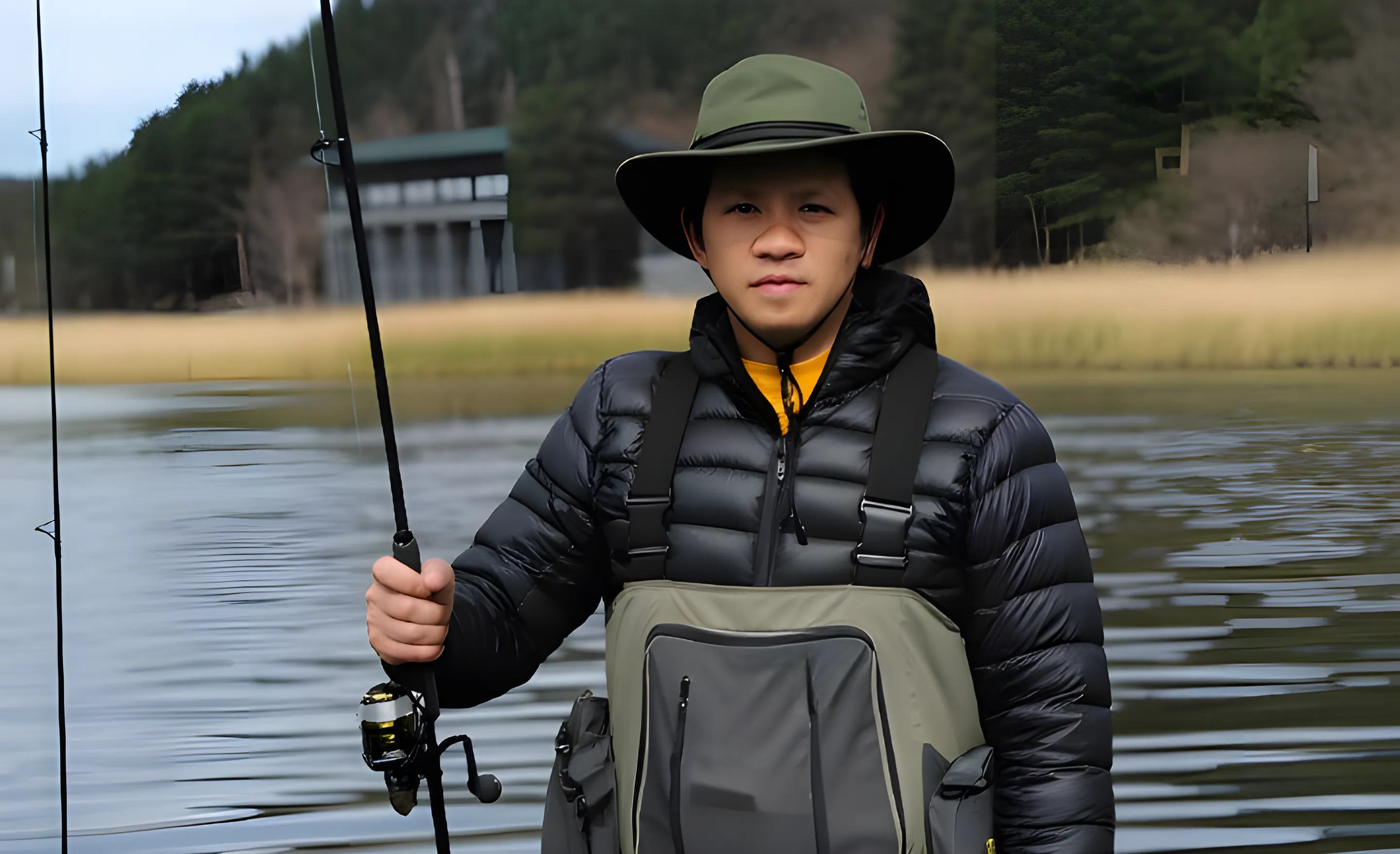The Ultimate Guide to the Hover Strolling Rig (Mid-Strolling)
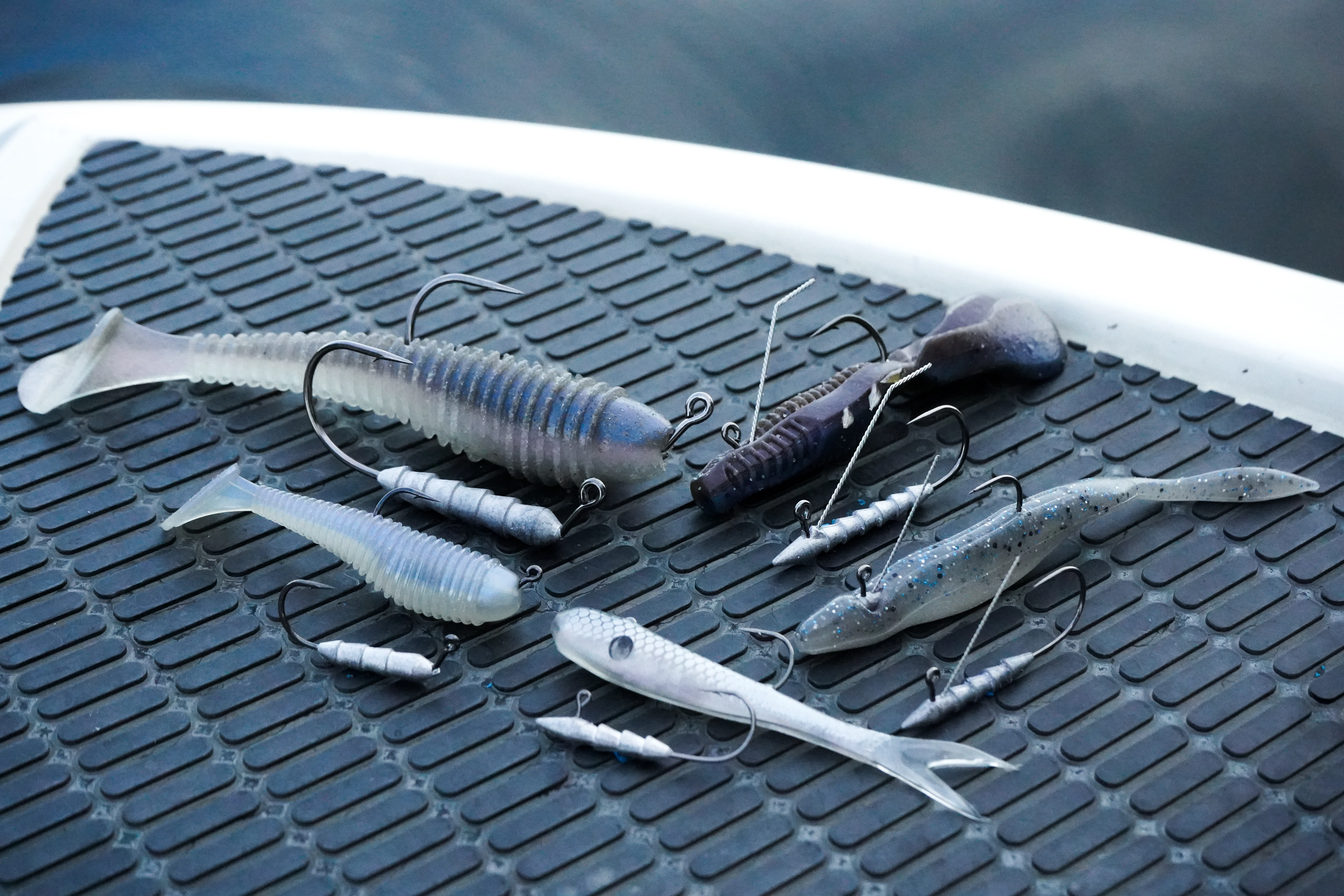
If you've ever marked suspended bass on your fishfinder only to watch them ignore every lure you throw, you know how frustrating it can be. These fish aren't on the bottom, and they aren't chasing on top-they're just hanging in the middle of nowhere. This is where a stealthy, incredibly effective presentation comes into play: the hover strolling rig (mid-strolling). Here at riversiderelics.com, we're obsessed with breaking down the techniques that give you a true edge on the water. This guide will take you from the basics of rigging to advanced tactics, showing you exactly how to turn those stubborn, suspended fish into bites.
What is the Hover Strolling Rig?
At its core, the hover strolling rig is a specialized jig head setup designed to make a soft plastic bait "stroll" or swim horizontally through the water with a subtle, tantalizing roll.
Unlike a traditional jig head that falls nose-down, the hover strolling head is balanced to keep the bait perfectly horizontal during a slow, steady retrieve. This perfectly mimics a lone, unaware baitfish, which is an irresistible meal for suspended or lethargic bass, especially during the colder months common in fall bass fishing.
How to Rig the Hover Stroll: A Step-by-Step Guide
This is the most crucial part of the technique. A proper rig is the difference between success and failure.
Step 1: Select Your Jig Head
You need a specialized hover strolling or mid-strolling jig head. These often have a 90-degree line tie and a unique weight distribution to maintain that horizontal posture. A weight of 1/16 oz to 1/8 oz is a great starting point.
Step 2: Choose Your Hook
Most hover stroll heads come with a hook. Ensure it's a light-wire, sharp hook that won't overpower your finesse bait.
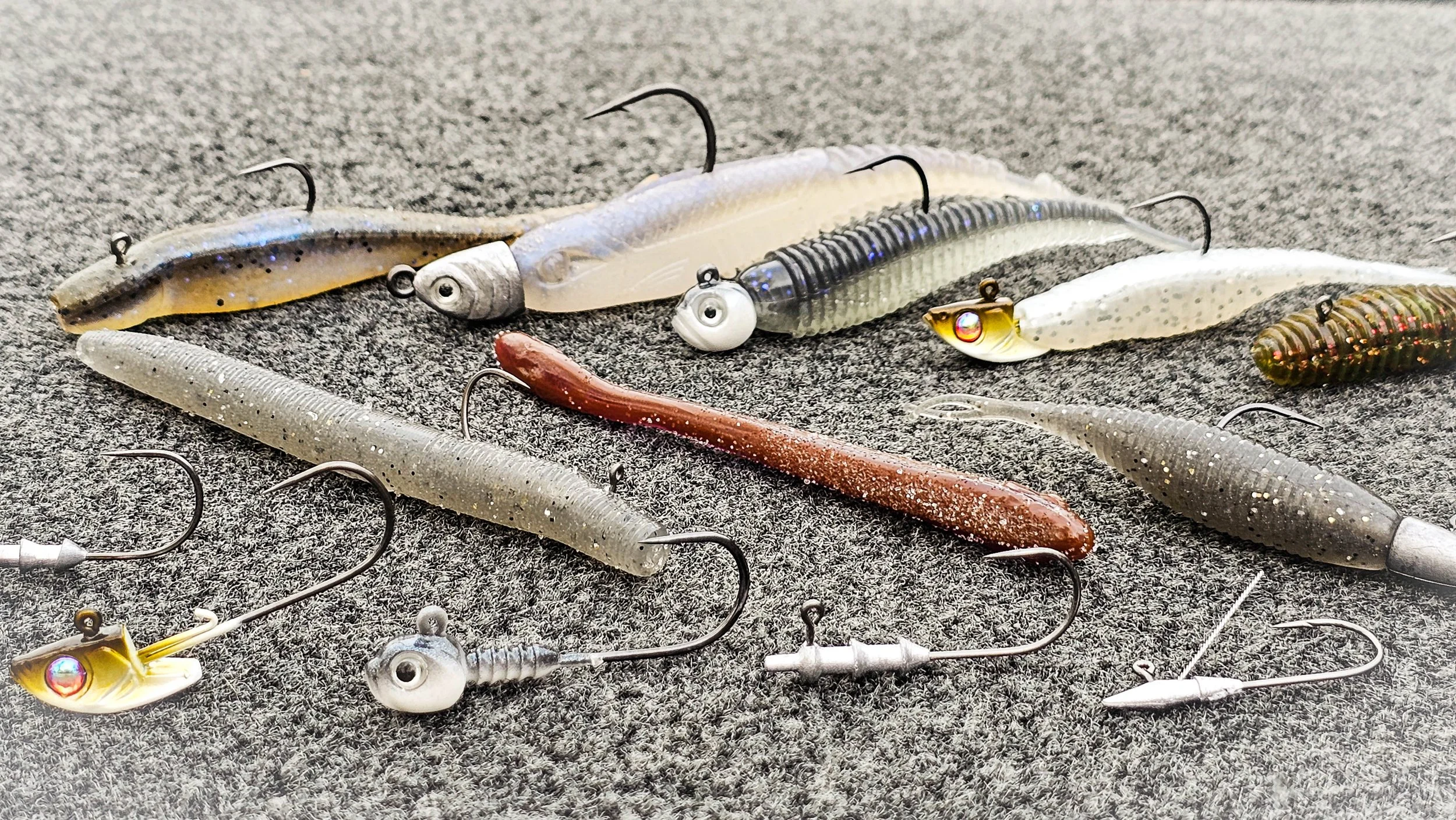
Step 3: Rig the Soft Plastic
This is key. Insert the hook point directly into the nose of your soft plastic worm or minnow. Push the bait about a quarter-inch up the hook shank. Then, bring the hook point out the bottom of the bait.
Step 4: The "Rolling" Placement
Continue to thread the bait all the way up the hook shank until the nose is snug against the jig head. Finally, re-insert the hook point through the middle of the bait's body, ensuring it sits perfectly straight. The bait should hang horizontally from the jig head.
Your final rig should look straight, streamlined, and perfectly balanced.
Essential Gear for Hover Strolling
Using the right bass fishing gear is critical for sensitivity and control with this technique.
Rod
A high-quality spinning rod is non-negotiable. Finding the best bass fishing rod for this means prioritizing sensitivity and a light tip.
-
Length: 6’10” to 7’2”
-
Power: Light or Medium-Light
-
Action: Fast or Extra-Fast (for quick hooksets)
Reel
A lightweight spinning reel will balance the setup and reduce fatigue. Many of the best bass fishing spinning reels on the market in the 2000 or 2500 size are perfect for this application.
-
Size: 2000 or 2500
-
Drag: A smooth, reliable drag system is crucial for light lines.
Line
Fluorocarbon is the top choice because it's nearly invisible underwater and has low stretch. It is often considered the best fishing line for bass when it comes to finesse presentations like this.
-
Test: 4 to 7 lb test is ideal. Start with 6 lb if you're unsure.
Top Soft Plastics for a Lifelike Presentation
The goal is to mimic natural prey. While there are many options for the best bass fishing lures, for hover strolling, you should choose baits that have a subtle, natural action.
Finesse Worms
A 4-6 inch straight-tail or pin-tail worm is a classic choice. Its simple design allows the rig itself to create the unique rolling action.
-
Top Colors: Green Pumpkin, Watermelon Red, Natural Shad.
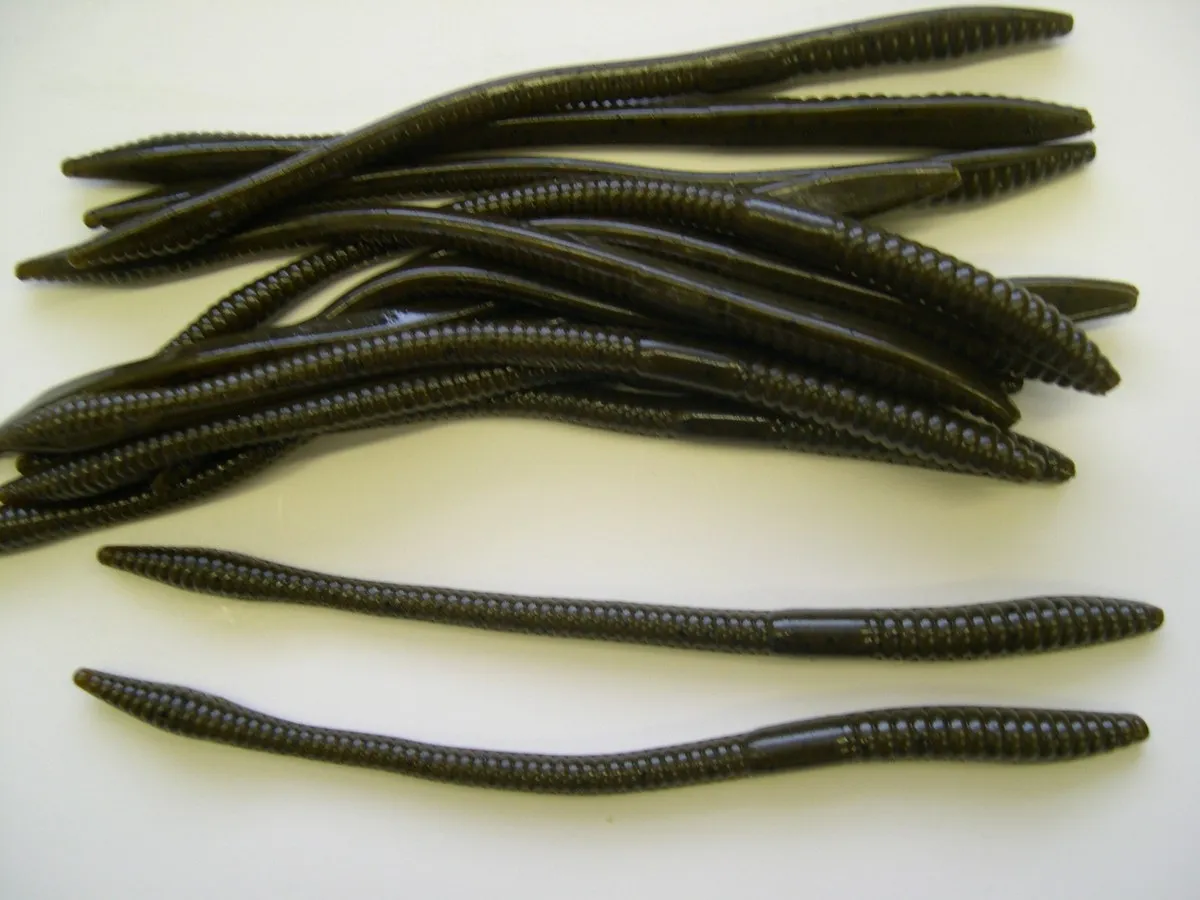
Small Minnow Baits
Soft plastic baits that imitate small baitfish, like a fluke-style bait or shad shape worm, are perfect for this technique. Their slender profile moves naturally.
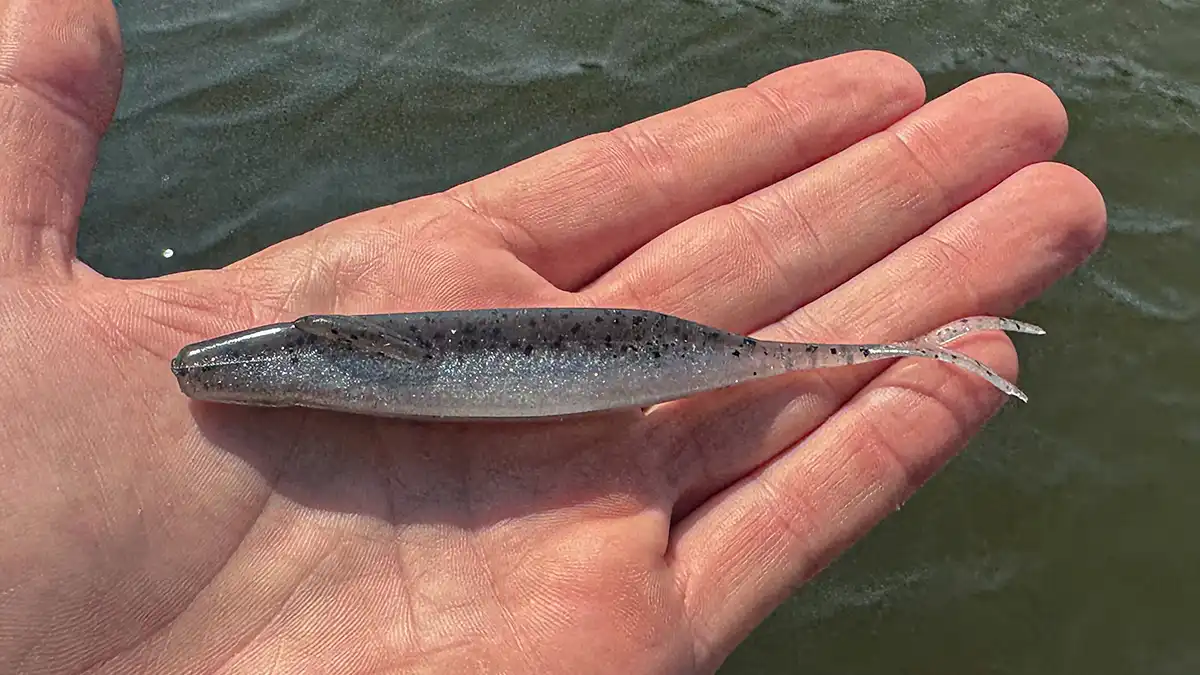
Small Craws
While less common, a small, streamlined craw can work, especially if you want a slightly different profile to show the fish.
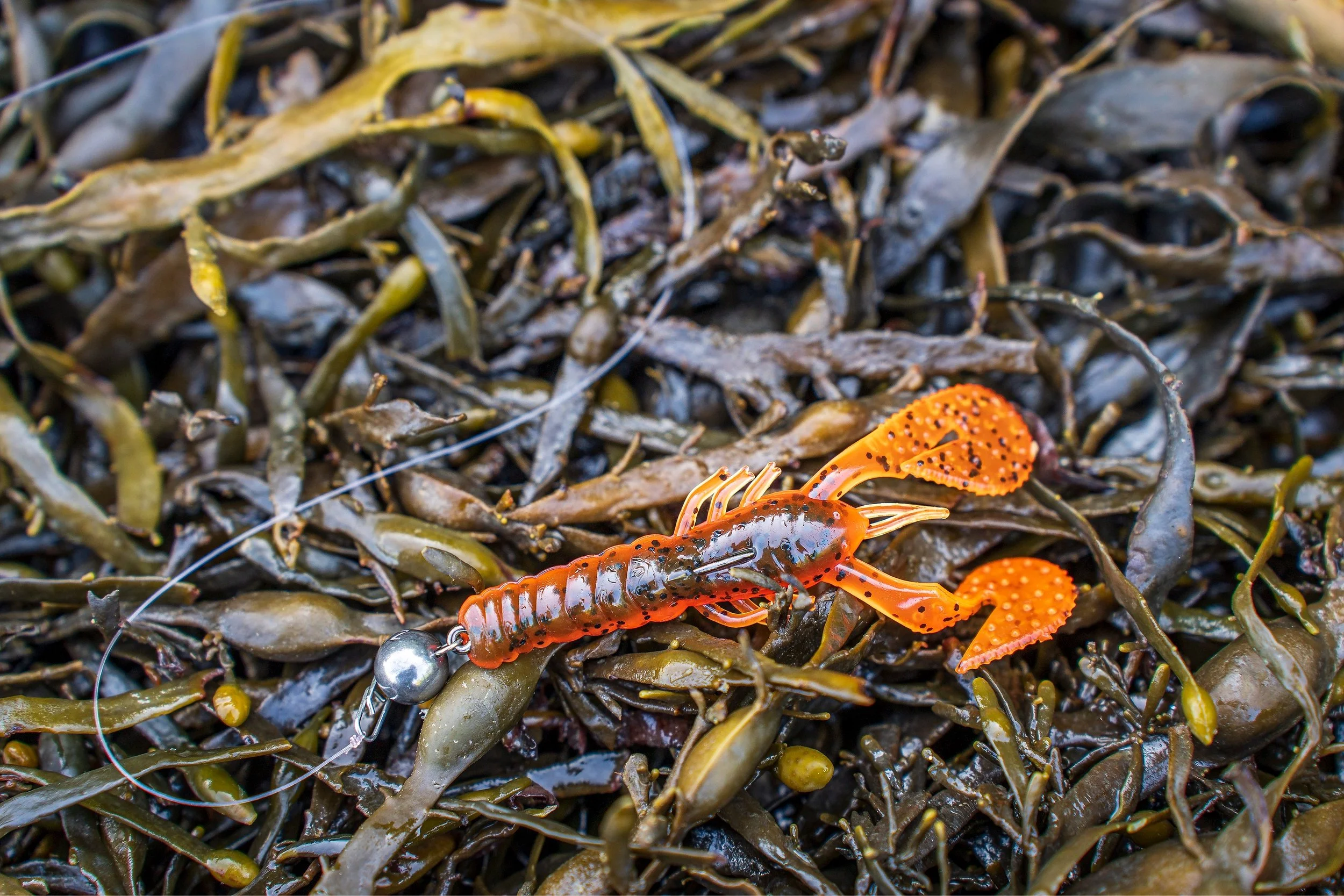
How to Fish the Hover Strolling Rig
Mastering the retrieve is where the magic happens. This is one of those bass fishing techniques that relies more on patience than power.
1. The Cast and Fall
Cast towards your target area. Let the bait sink on a semi-slack line, watching your line for any jumps or ticks that indicate a bite on the fall. This is especially important when fishing bass in the winter, as they often hit the bait as it slowly sinks.
2. The Retrieve
This is not a jigging technique. The key is a slow, steady retrieve. Turn the reel handle just fast enough to make the bait move forward while maintaining its depth.
3. Imparting Action
While reeling slowly, gently shake or "stroll" your rod tip. This isn't a sharp twitch; it's a continuous, subtle shaking motion that makes the bait roll and wobble side-to-side. The goal is to make it look alive, not erratic.
4. Stay Connected
Always maintain contact with your bait. The bites are often very subtle—just a slight "tick" or a feeling of mushy weight. If you feel anything different, reel down and set the hook with a firm sweep, not a hard jerk.
Advanced Tactic: Integrating Forward-Facing Sonar
Forward-facing sonar (FFS) has turned hover strolling into a video game. It pairs perfectly with other advanced finesse techniques, like throwing spybaits for bass, where seeing the fish's reaction is paramount.
With FFS, you can locate individual suspended fish and cast directly to them. Watch your bait descend on the screen and track its position relative to the fish.
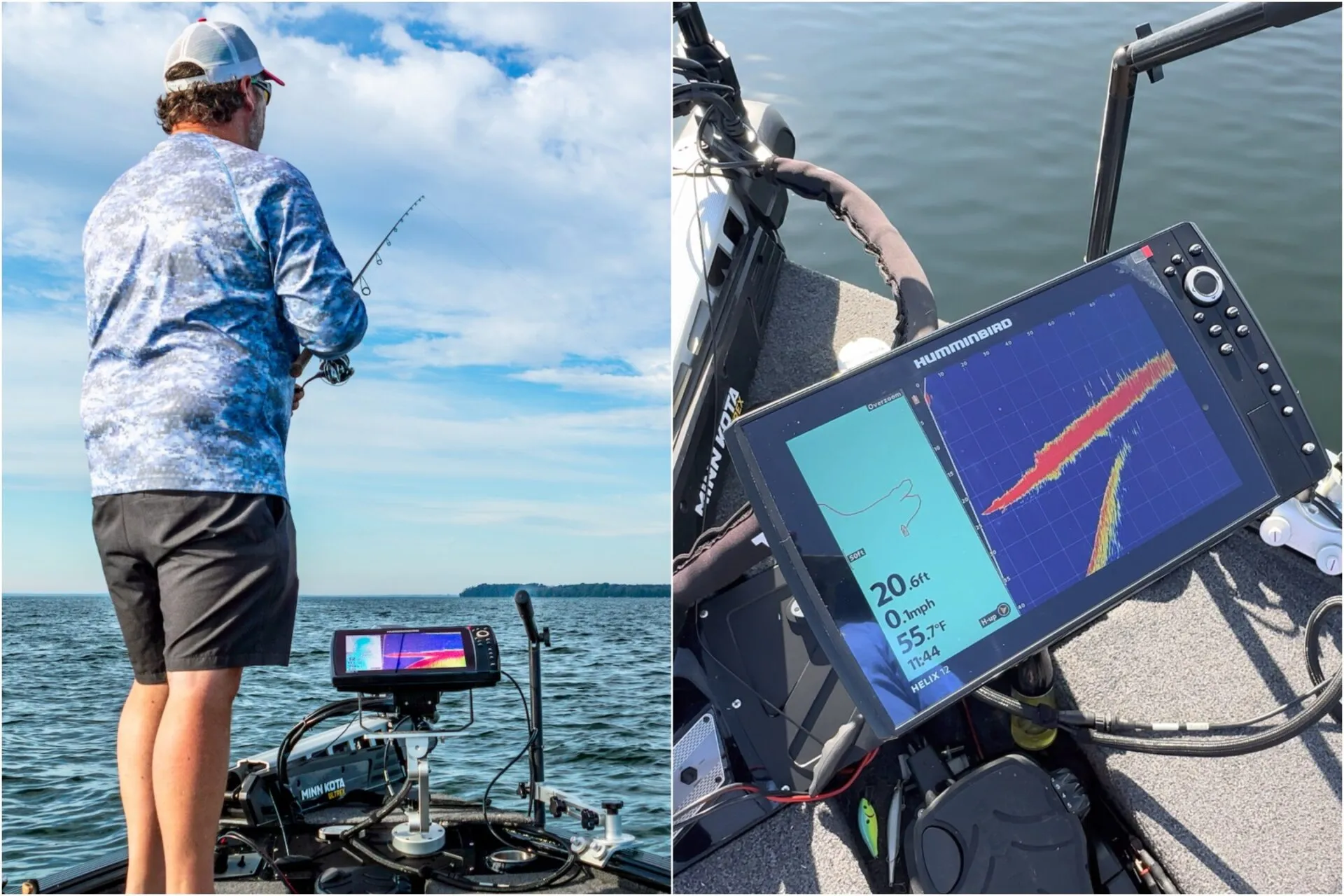
Adjust your retrieve speed and shaking cadence based on the fish's reaction. If a fish follows but won't commit, try pausing the retrieve for a second or slightly speeding it up. This real-time feedback is invaluable for getting dialed in.
Troubleshooting Common Challenges
Problem: My bait sinks too fast or too slow. Solution: This is all about weight adjustment. If you can't reach the fish, switch to a heavier head (e.g., from 1/16 oz to 3/32 oz). If it's sinking too fast for a natural presentation, go lighter.
Problem: I'm not feeling the bites. Solution: Ensure you're using a high-quality fluorocarbon line and a sensitive graphite rod. Keep your retrieve slow and steady, and concentrate on any change in pressure.
Problem: Fish follow my bait but won't eat it. Solution: This is where you need to experiment.
-
Change your retrieve cadence (faster or slower shaking).
-
Change your soft plastic color or profile.
-
Let the bait fall slightly by pausing your retrieve. This can trigger a reaction strike.
Hover Strolling vs. Other Finesse Rigs
So, when should you choose this rig over others? Understanding the strengths of the best bass fishing rigs will help you make the right choice on the water.
vs. Drop Shot
A Drop Shot, for instance, excels at presenting a bait in one specific spot. While there are many nuances to how to fish a drop shot rig, its primary strength is targeting stationary fish, often directly on the bottom. Hover Strolling is for covering water and targeting fish suspended horizontally.
vs. Ned Rig
A Ned Rig is a classic bottom-contact presentation. Learning how to fish a ned rig in grass or on rocky bottoms is a fantastic skill, as it shines when dragged or hopped on the lake floor. The hover stroll, however, is designed to stay off the bottom entirely.
vs. Wacky Rig
A Wacky Rig has a tantalizing side-to-side shimmy on the fall. It's primarily a vertical presentation, and knowing how to fish a wacky rig around docks and cover can be deadly. Hover Strolling offers a horizontal swimming presentation on the retrieve, giving fish a completely different look.
FAQs
Conclusion
The true power of this technique lies in its subtlety. It's not about speed or loud action; it's about presenting a perfectly natural, horizontal bait that suspended bass simply can't ignore. While other anglers are focused on the bottom, mastering the hover strolling rig (mid-strolling) gives you a powerful advantage in the overlooked middle water column. So, the next time you're on the water and the bite gets tough, don't be afraid to slow down and give this finesse method a try. It requires patience, but the reward of catching those otherwise 'uncatchable' fish is more than worth it.
Aviv Nguyen is a passionate fisherman who loves sharing stories and tips from his fishing adventures. Whether it’s freshwater or sea, he finds joy in every cast and aims to inspire others to enjoy the great outdoors through fishing.
Share This Post With Friends

